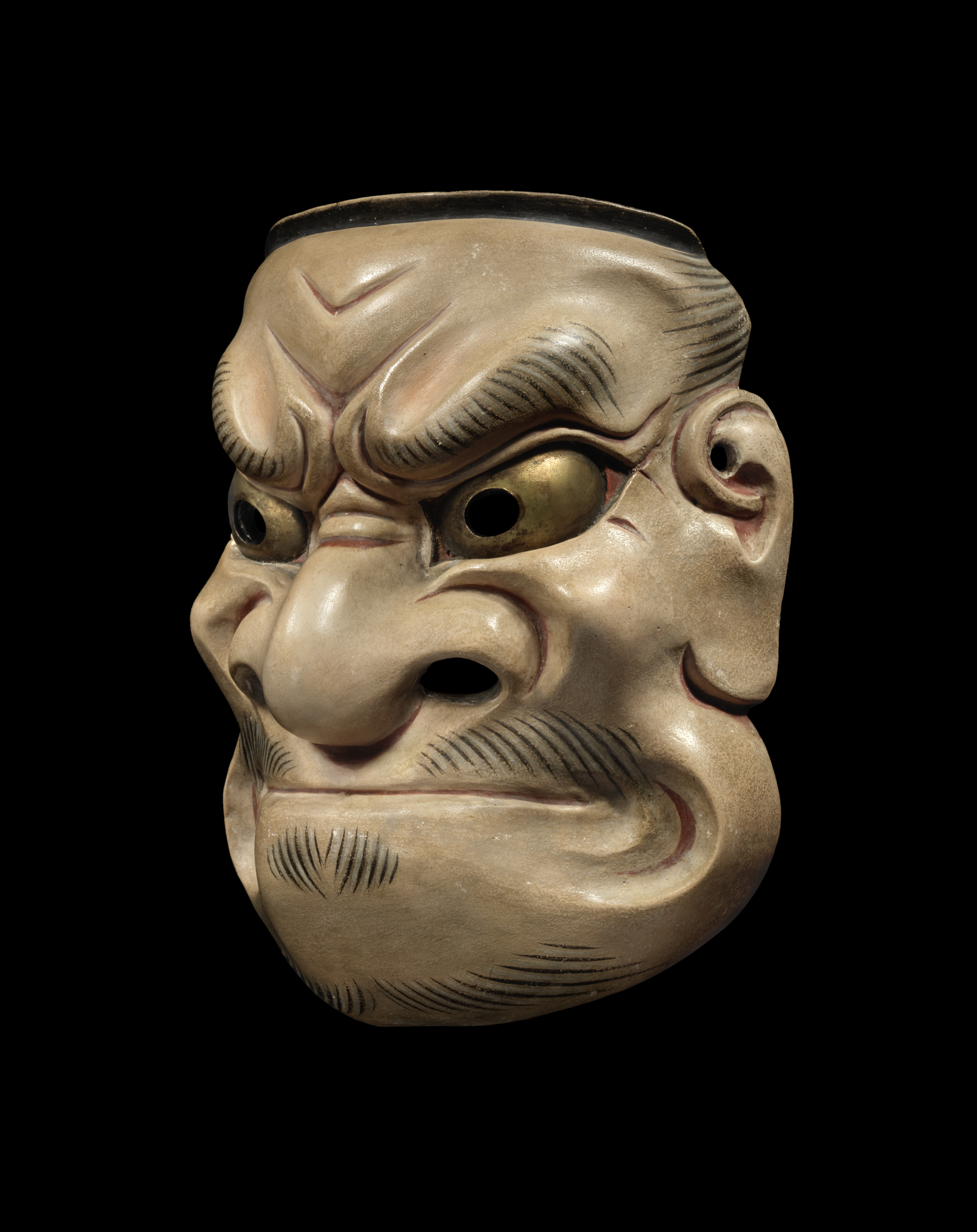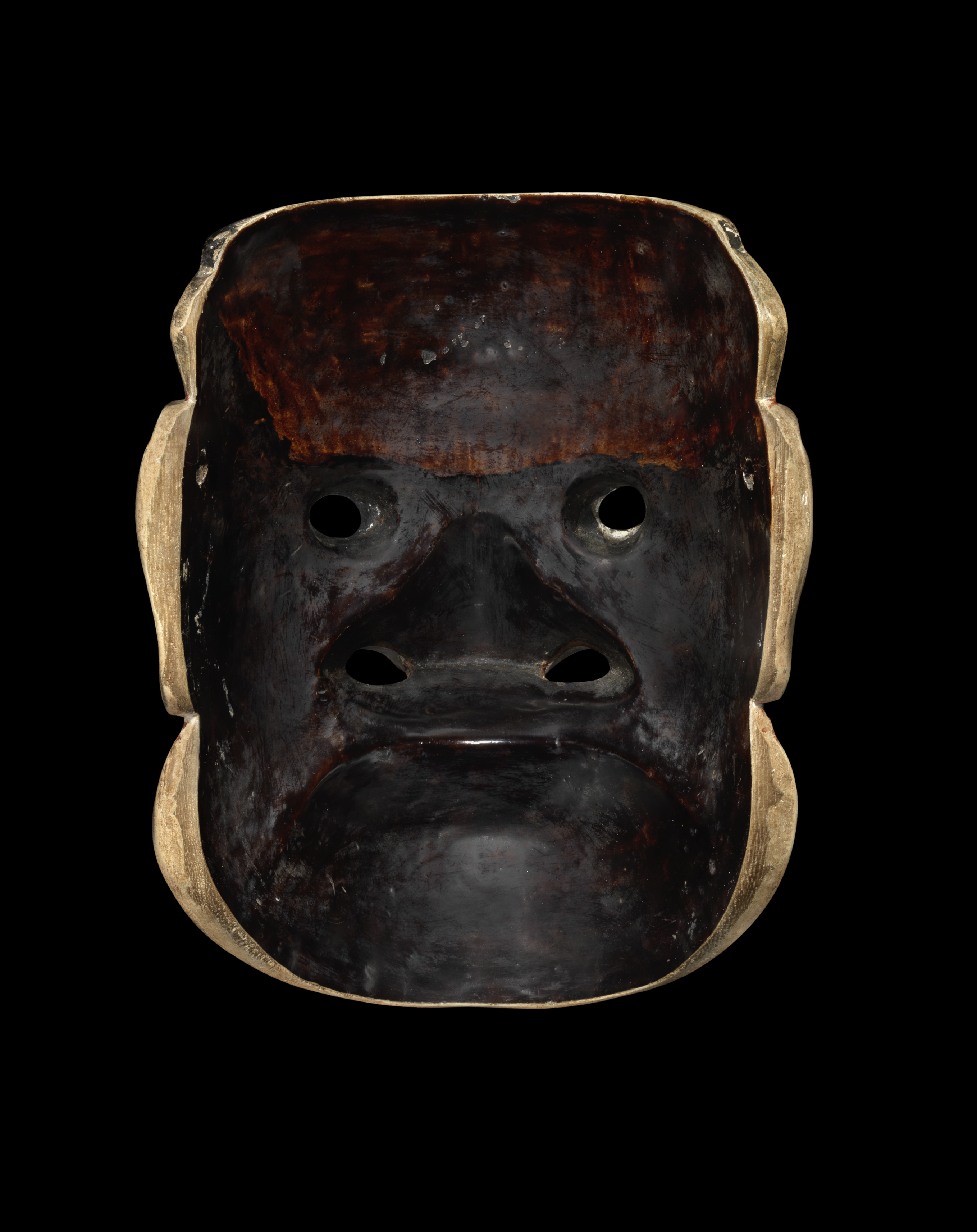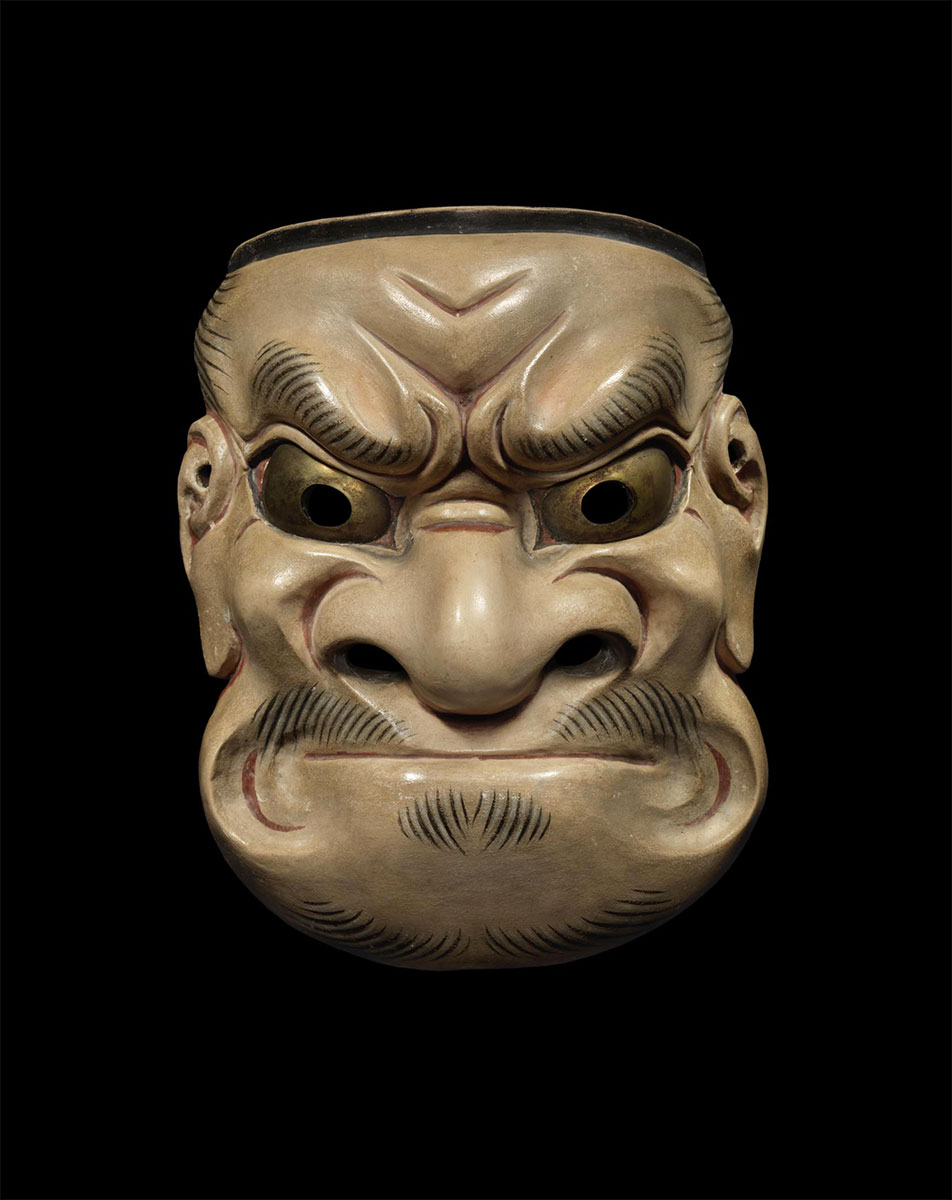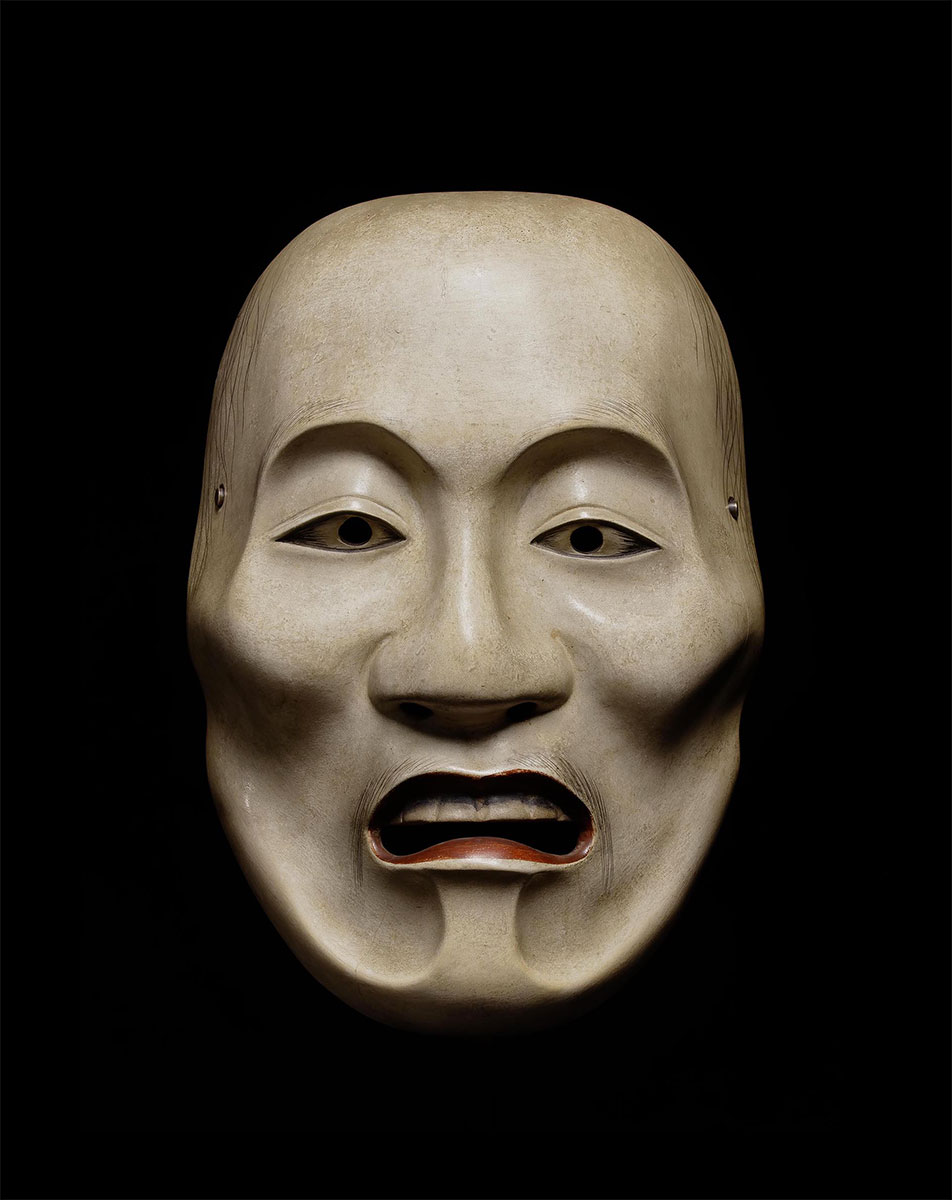Ōbeshimi
Mask
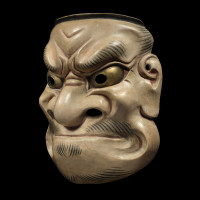
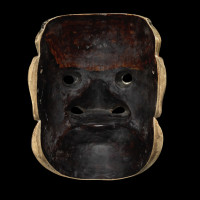
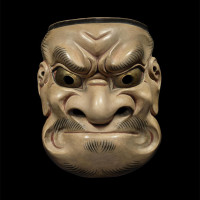
- Sold
-
Material
Wood and lacquer
-
Period
Edo, 18th Century
-
Box
Wooden box
Description
Ōbeshimi nō-men
Attributed to Deme Hokan Mitsunao (?- 1750)
The Beshimi mask is without doubt one of the most intriguing among those used in nō theater. It is easily recognizable thanks to its main peculiarity, the closed mouth with tight lips. The very name Beshimi highlights this peculiarity: it comes from the obsolete verb hesshimu, meaning ‘to close one’s mouth”, “press one’s lips”.
There are several varieties of the Beshimi mask. This one represents Ōbeshimi, or “Great Beshimi”. Compared to the other Beshimi, with which it shares many formal aspects, it can be distinguished-apart from its dimensions (it is one of the largest nō mask)- by the peculiar kanmuri, the black horizontal band on top of the head, a symbol of high, divine rank.
The Beshimi mask was already used in the Zeami’s time (1363-1444), therefore its origin predates the beginning of nō history. It is not clear, however, what other types of masks inspired it, or if the sculpted faces of the muscular Buddhist protectors Niō, guarding the entrance of temples, may have been its model. Other theories postulate links between Beshimi and the tengu, supernatural beings with a big nose, divinities which in time conquered the Japanese global imagination as mischievous and impish elves. This surmise is not bizarre: Beshimi’s seeming fierceness seems to suddenly vanish if we carefully look at his expression, which has something amusing about it, as if the lips were tightened in an effort to smother a giggle.
